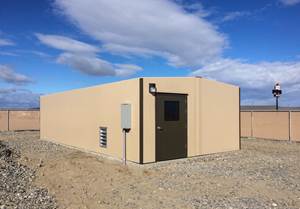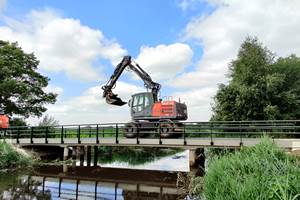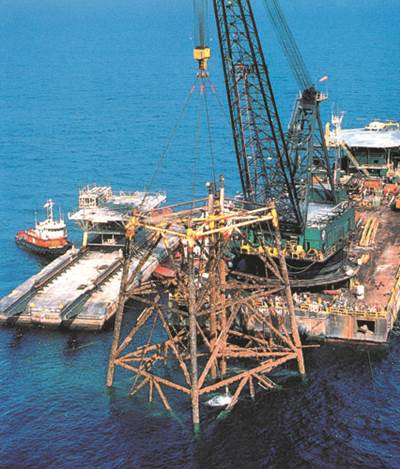Technologies Adapt For Ongoing Challenges
Oil prices received a shot in the arm when Iraq invaded Kuwait in 1990, and prices rose over the $35 per barrel mark. Unfortunately the prices dropped again once the conflict ended. It was becoming clear that the low price of oil was a reality that would have to be considered on future projects. Large fields i
Share
Read Next
Oil prices received a shot in the arm when Iraq invaded Kuwait in 1990, and prices rose over the $35 per barrel mark. Unfortunately the prices dropped again once the conflict ended. It was becoming clear that the low price of oil was a reality that would have to be considered on future projects. Large fields in deeper water, such as the Green Canyon and Viosca Knoll in the Gulf of Mexico, were clearly where the integrated oil companies needed to be, for the most efficient and cost-effective production. These fields involved greater risk and required more up-front investment, but it was the only area where very large reserves might still be found.
With the rapid growth of Asian economies in the mid-to-late 1990s, global energy consumption increased dramatically. As the U.S. economy rode the high-tech wave of prosperity more domestic energy was consumed, as well. This led to a gradual increase in oil and gas prices and spurred a mini-boom. Interest in deep water leases in the Gulf of Mexico was spurred, in part, by the U.S. Deepwater Royalty Relief Act of 1995, which eliminates royalties for a significant portion of recovered reserves. New deepwater discoveries were announced in Brazil, West Africa, Indonesia and elsewhere. Experts predicted worldwide capital spending for deepwater developments would reach $7 billion annually through 2004. While new, fourth-generation drillships built during the 1990s can drill exploration wells in waters as deep as 10,000 ft/3,000m, producers are still challenged to find ways to actually produce oil and gas from these depths.
New technological approaches are needed to achieve ultra-deep production and to enable drilling in waters beyond the 10,000 ft/3,000 m mark. Many of the production limitations are related to weight and the cost of supporting that weight offshore. Composite materials offer a variety of solutions to overcome these limitations. Shell’s Mars tension leg platform (TLP), one of the first examples of effective use of composites offshore, was installed May 1996 in 2,940 ft/905m of water in the Mississippi Canyon Area of the Gulf of Mexico.With the goal of cutting lead time, cost and weight, Shell initially put 215 tons/195 tonnes of composites in grating, handrails, stairs, pressure vessels and other topside components on Mars. By 1998, the total weight of composites on the platform had grown to 295 tons/268 tonnes as Shell replaced corroded steel structures with composites.
For some platform components like column pipe and pressure vessels, composites have been an accepted solution for over 30 years. Yet, some resistance to wider use of composites remains. Fire safety, a particularly sensitive issue in the North Sea following the Piper Alpha platform disaster of 1988, made the offshore industry and regulators extremely sensitive to the use of “combustible” composite materials for platform elements. The use of performance-based design has helped to remove the combustibility barrier to topside platform applications and the superior fire performance of composite structures has been demonstrated in numerous test programs such as those developed under the Advanced Research Partnership (ARP) program in the U.K.
Beyond topside structures, composite materials have the potential to bring significant benefits to new deepwater developments, in the form of composite risers, choke and kill lines, drill pipe and spoolable coiled tubing. Light weight, high strength to weight, fatigue and corrosion resistance make composites an enabling solution for developing deep water reserves. Yet, as industry experts have pointed out, cost-effectiveness is just as important to wider application of composites in platform systems, as are the efforts of product “champions” within operating companies to advocate their greater use.
Related Content
Composite buildings go monocoque
Superior protection from the elements plus fast, affordable installation and maintenance have quickly made Orenco Composites’ DuraFiber buildings an attractive choice for water and wastewater, communications, transportation and power industry outbuildings.
Read MoreMaterials & Processes: Resin matrices for composites
The matrix binds the fiber reinforcement, gives the composite component its shape and determines its surface quality. A composite matrix may be a polymer, ceramic, metal or carbon. Here’s a guide to selection.
Read MoreComposites-reinforced concrete for sustainable data center construction
Metromont’s C-GRID-reinforced insulated precast concrete’s high strength, durability, light weight and ease of installation improve data center performance, construction time and sustainability.
Read MoreRefurbishing bridges at half the time, cost versus replacement
Instead of demolishing and rebuilding bridges, SUREbridge doubles the strength and durability of existing structures with an FRP deck for a smart, sustainable solution.
Read MoreRead Next
North Sea Emerges
While the drilling slowdown in the U.S. lasted into the 1970s, other regions prospered. In the early 1960s activity opened up in the North Sea sparked by the growing consumer gas market in Europe. The Groningen gas field, discovered in 1959 offshore The Netherlands, had a major impact. Europe was much better e
Read More1973 Oil Embargo
Although production in areas such as the Gulf of Mexico, Latin America, and the North Sea continued to increase, it was assumed that the Middle East would continue to supply the bulk of the world’s oil. The vast fields of easily recoverable reserves made this region the obvious source for energy until the oil
Read More
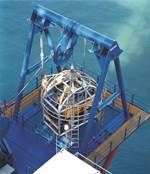
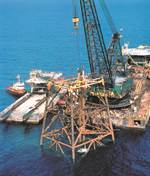
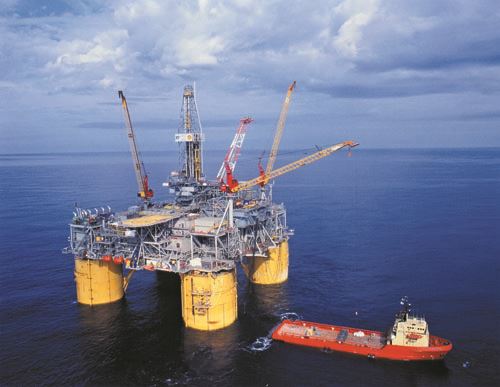











.jpg;maxWidth=300;quality=90)




